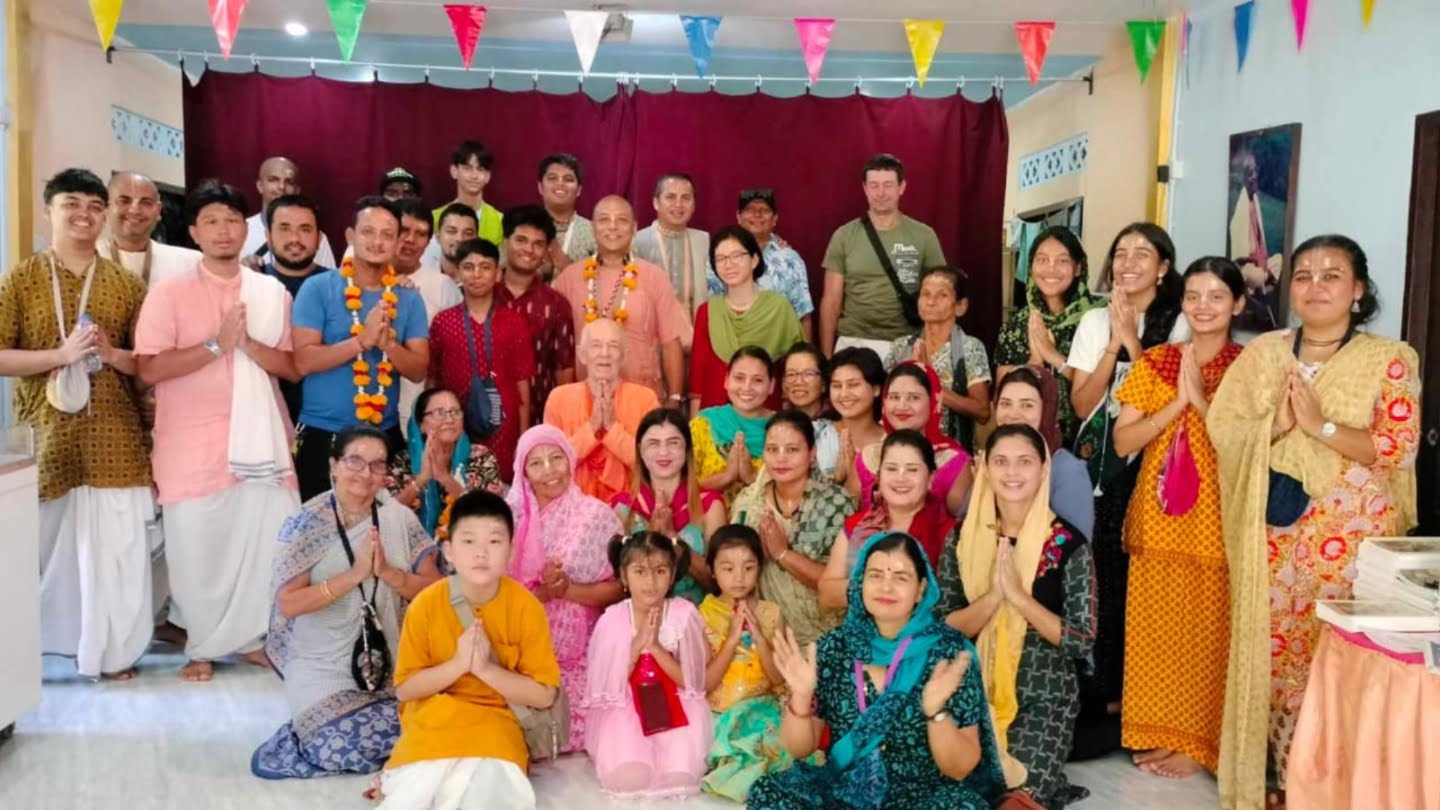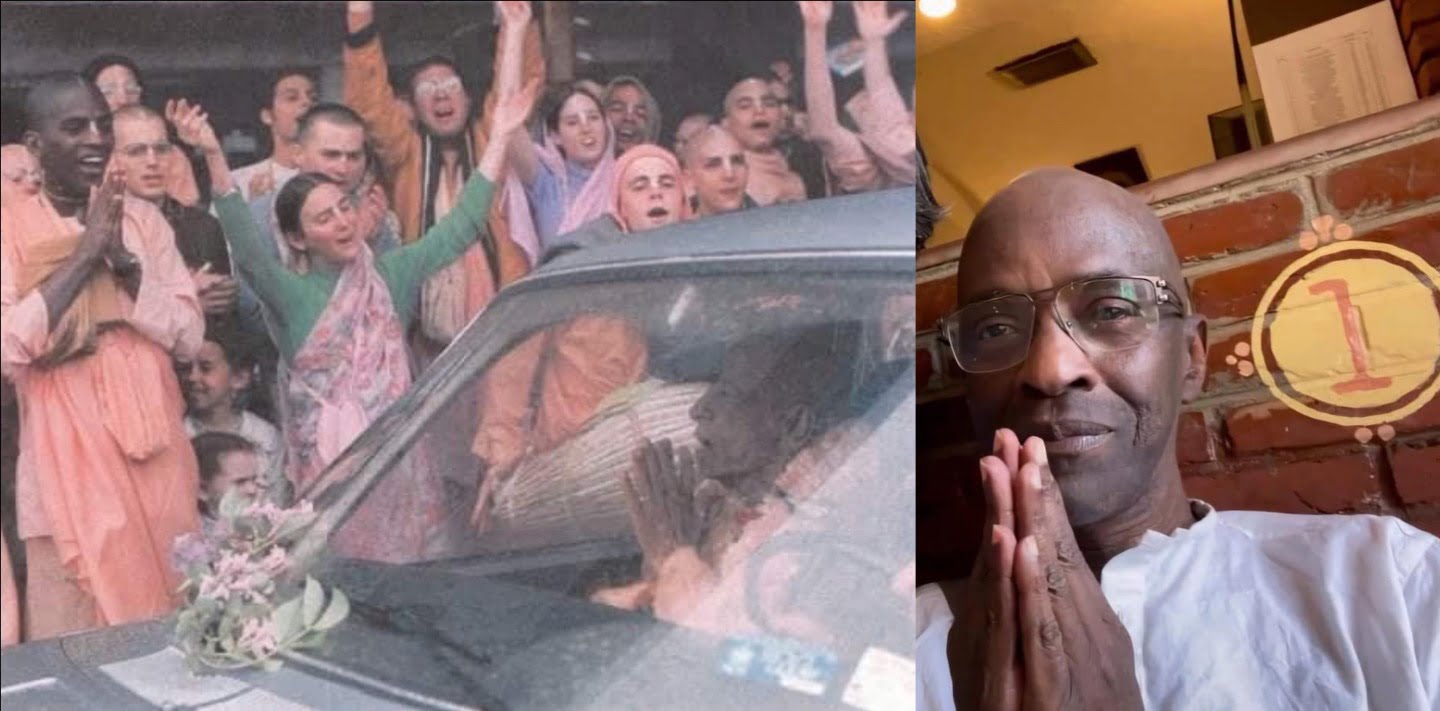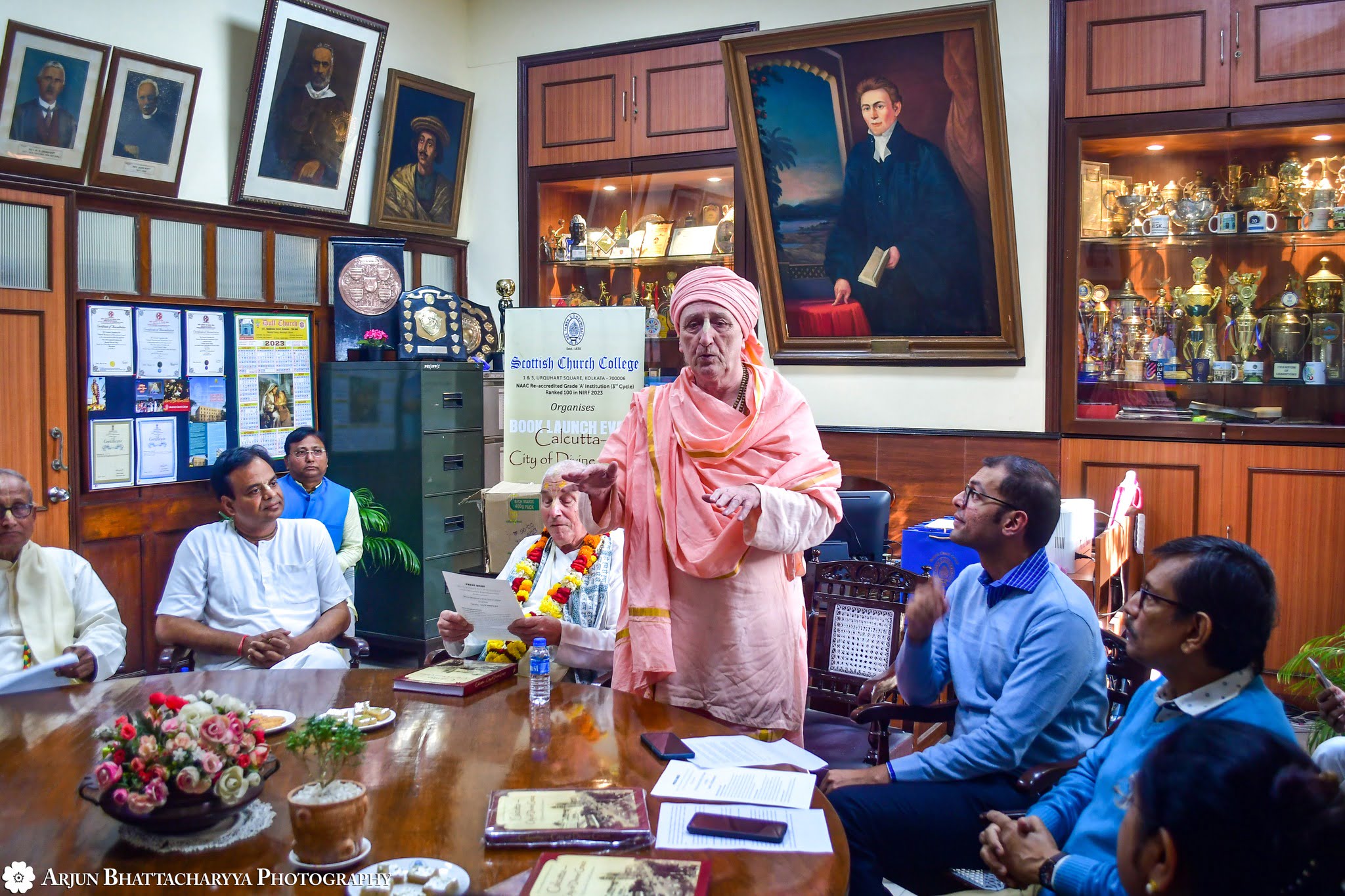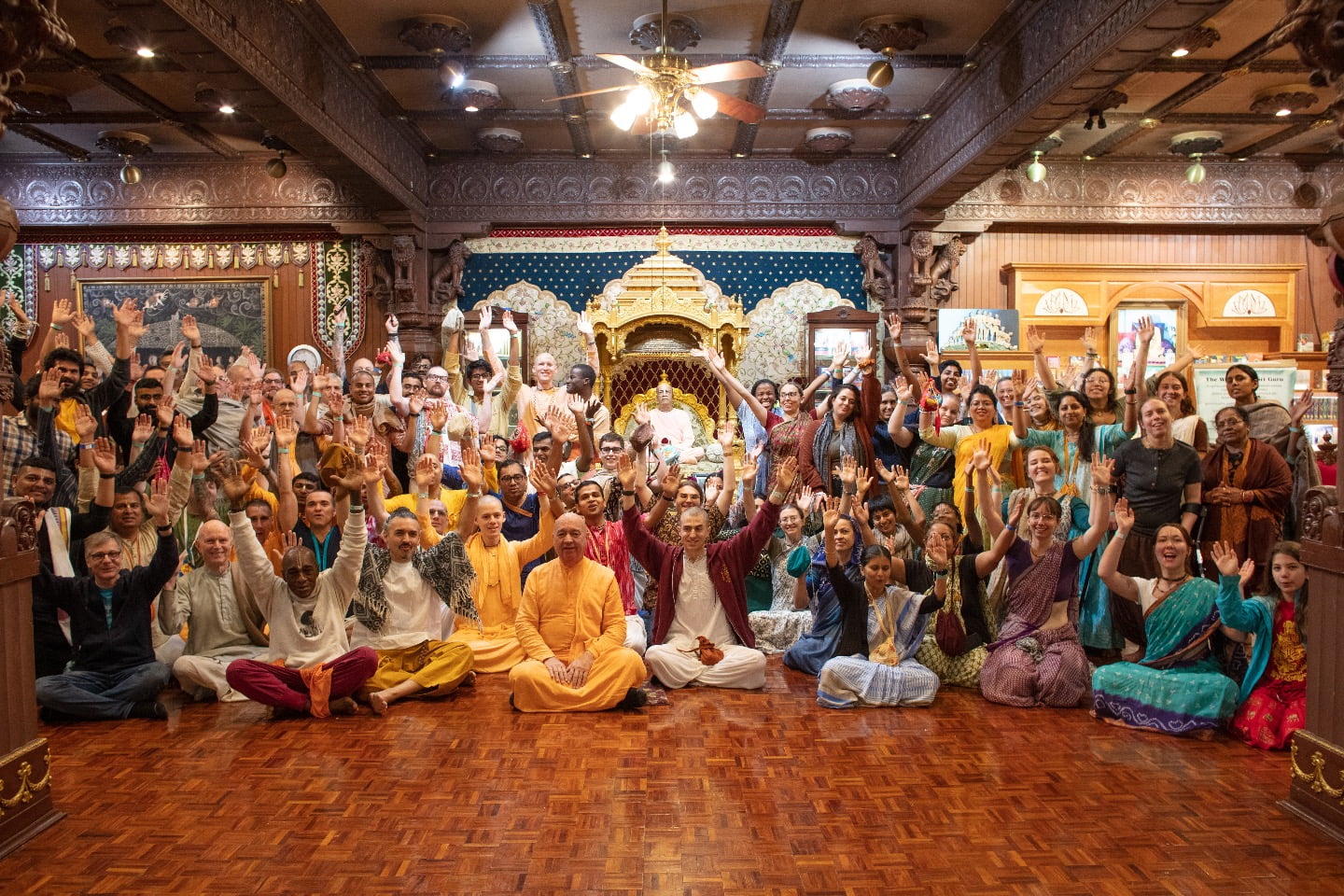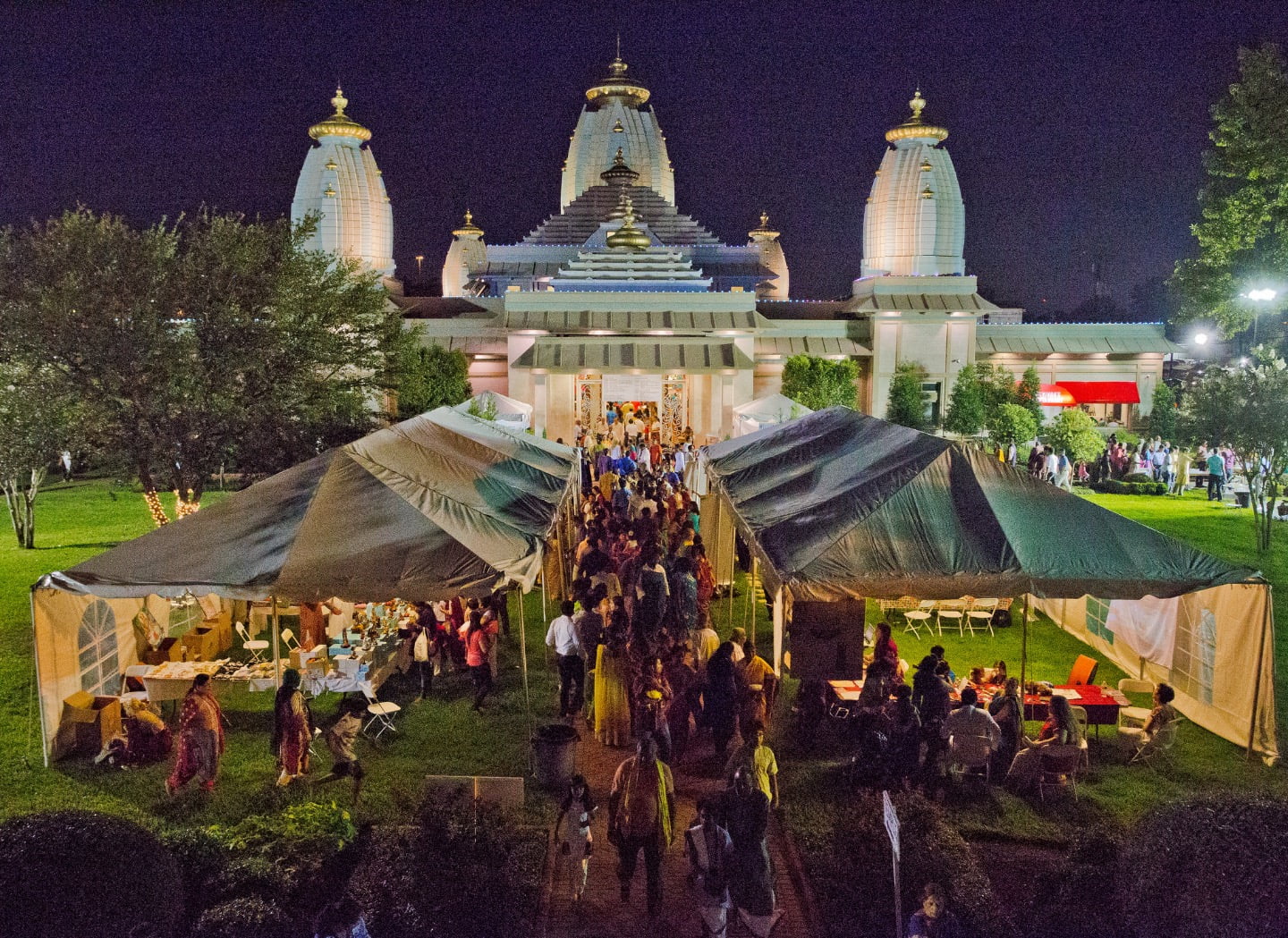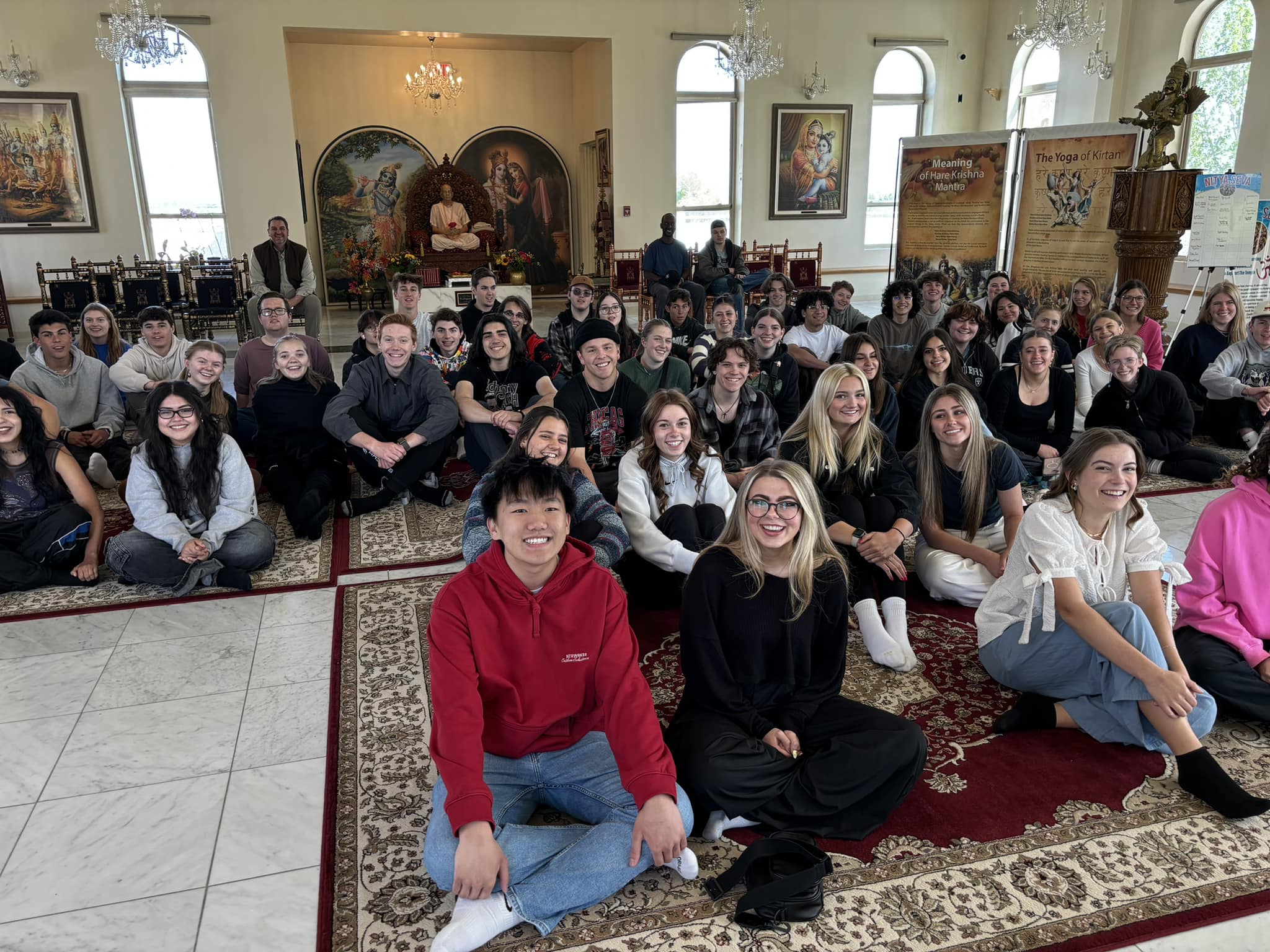An Offer the CDM Couldn’t Refuse
By Kaunteya dasa | Apr 25, 2007

On the last day of March three workers of the ISKCON Congregational Development Ministry-Seva Swarupa Das, Sarva Sakti Devi Dasi, and yours truly-left Mayapur and after about thirty-six hours on the train, reached the Sri Sri Radha-Madana-mohana Mandir in Ujjain, Madhya Pradesh, the temple hosting the meetings of the ICC (Indian Continental Committee) and RGB (Regional Governing Body).
The long train ride offered the valuable opportunity to discuss different aspects of the Ministry, especially our activities in South America, where Seva Swarupa and Sarva Sakti are among the driving forces in organizing national educational festivals. That discussion itself could fill several articles, but basically we talked about the situation in different countries and how the Ministry could help.
Back in India – At the Ujjain train station we were met early in the morning by devotees eager to serve, equipped with cars for the arriving delegates. To host all the participants – a total of 125, plus the three of us-including eight sannyasis and many disciples of Srila Prabhupada, the local temple booked a couple of hotels, and also sent the temple brahmacaris to the hotel, lending their rooms at the temple to the guests.
Ujjain (Avantipura) is important to devotees as the place where Sri Krishna and Sri Balarama received their formal education in the ashram of Sandipani Muni. The Sipra River in Ujjain is also the venue of the Kumbha-mela every twelve years. HH Bhakti Caru Maharaja and his international team of dedicated servants built a remarkable project with a large marble temple for Sri Sri Radha-Madana-mohana, Lalita Devi and Visakha Devi, Sri Sri Gaura-Nitai, Sri Sri Krishna-Balarama, and Sandipani Muni.
We came here to:
1. Assist HH Jayapataka Maharaja in his presentation to the Indian Continental Committee.
2. Promote the idea of local conventions focusing on community development.
3. Present the latest publications of the Ministry to the Indian leaders.
On 2 April, the 100 delegates met separately in four Divisional Council meetings. ISKCON-India is organized as North, South, East, and West, and the respective leaders talked about issues relevant to their areas. We went to the four different groups and invited them to consider having local regional conventions on congregational development. We proposed that a few temples (it could be a division, a state, or just a few adjacent cities) get together for one or two days and discuss their experience in community building – what goes well, the challenges, their approaches, etc. – and learn from each other. We didn’t propose formal training seminars; the Ministry’s staff would serve as facilitators for the dialogue. We see the possibility of enriching each other by sharing experience, for instance, in the area of educational materials; one temple might be using, say, great Sunday School materials that the next temple could also utilize and benefit from.
In general the idea was received warmly and some places tentatively invited us, although we still need to finalize most of the dates. The South Indian Divisional Council decided to extend its meetings in July by one day and dedicate that extra time to discussing community development.
In the afternoon HH Jayapataka Maharaja gave a presentation, with PowerPoint slides, of the situation in India, particularly stressing how Bhakti-vriksha is taking off in various cities of India. I was favorably surprised by the numerous testimonials from various leaders, all praising their experience with Bhakti-vriksha-how it is required to have small groups for the “personal touch” (not available when holding only festival and pandal programs). Leaders shared testimonies about how their temple benefited by the enthusiastic and practical support of the group members, or how Vaisnava cultural traits like hospitality are blooming in the congregational groups (sometimes more so than in the temple).
It was encouraging that no one spoke anything negative, only praise and optimism.
India is the best preaching field in the world. There is a real need for systematic approaches for caring for, organizing, and engaging the millions of devotees that could be made. Bhakti-vriksha provides a valuable format. Of course the implementation depends on the expertise of the local leaders, their value-system and capacity to inspire and mobilize their constituencies.
The publications – books, magazines, CDs, and posters – were also positively received, but a usual comment was that they would like them in their local languages, since many local devotees don’t speak English. We do plan to focus on producing materials in the Indian languages. Revati Raman Prabhu, temple president at Tirupati, pledged, “If you make your Congregational Development Journal in Telugu, I will buy a thousand copies every month.”
How can we not take up his offer?





